|
It's a three-for-the-price of one day here, as you get three weeks of vintage reading recommendations all at once! (To learn more about the Vintage Summer Reading challenge that Anna Rose Johnson and I are hosting, click here.) First up, for the "Big Family" theme: Canadian Summer, Hilda Van Stockum. I think I mentioned that I had planned to read one of the All-of-a-Kind Family stories for this category, but I have a bit of a problem in my house where my avid reader children steal my books. It's a good problem to have. Maybe it's one Hilda Van Stockum might have had, as she had six children herself. Those children inspired her many beautiful books, especially her series, The Mitchells, of which Canadian Summer is the second of three books. Of course, as a mama of a large family, my reading of this series zeroes in a bit on Mrs. Mitchell, the wonderfully realistic and yet wonderfully warm and understanding mother of the crew. I think my goal in life is to be Mrs. Mitchell. She takes the mud and the mess and the quarreling and near-death-escapes of her crew in stride (for the most part—as I said, she's wonderfully realistic and she has her moments of fury and panic!). Her understanding brings out the best in each of her children. She may rail against her family's living situation at the beginning of the story (a cabin in remote Canada! with no electricity! or paved roads! or nearby grocery stores! or railings to keep the baby from plummeting off the porch!) but she quickly resigns herself to the situation and joins her children in making what seems less-than-ideal actually become an opportunity for growth and peace and fun. I dare you to read this and not want to rent a remote Canadian cottage for the summer. Call my petty, but my favorite scene is when the six children are stuck at home all day during a thunderstorm and get into a raging, screaming, name-calling brawl. It was a good reminder that even delightful fictional families are at their worst when they can't get outside and run around. For Week 8's theme of Talking Animals, I chose an obscure title by Robert Lawson: Mr. Wilmer. William Wilmer is an accountant at an insurance company who hates his life and his job…until one day he discovers he has the power to talk to animals. What follows throws story-telling rules to the wind. Because pretty much one good thing after another happens until almost the end of the story when a small (but crucial) conflict is cleared up in a single chapter. And yet I was still at the edge of my seat the entire time…because I just wanted to know what the next good thing would be! It's a rags to riches story that would have made a perfect Gary Cooper movie back in the day. And the illustrations! Robert Lawson was amazing. In Week 9 we decided to dive into Vintage Picture Books. To coincide with a quick family trip to Boston, I had to choose Robert McCloskey's masterpiece, Make Way for Ducklings. If you haven't read it… it follows Mr and Mrs Mallard and then their eight little ducklings as they look for a place to raise a family, eventually landing upon (literally) the Boston Public Gardens. It's adorable and timeless. And because I love discussing these things, here's a little bit of my recent instagram post about this week's reading, in case you're not on that platform… I'd like to know what you think about this topic!
*** I have a great story about Make Way for Ducklings. When I was doing student teaching for a pre-school class in college, I planned a story time and craft based around this book. The classroom teacher had reservations. "The kids probably won't be into a book so old," she said. "And the illustrations probably won't engage them much, seeing as they're black and white. I mean, you can TRY, but..." The sentence faded away into ominous obscurity. You guys are my people, so probably none of you are surprised to find out that this group of a dozen three and four year olds absolutely loved this old, black and white (I mean, sepia and white, to be accurate) story. They hung on every word. They played ducklings for the rest of the school year. They told me how the way the mallards had to find a new home made them think of when their parents bought a new house. I think some people have a tendency to write off old books just because they're old. Surely kids won't like them as much as the ones that are shiny and new, right? On the other hand, some people tend to write off new books, because they're afraid the shiny newness can't possibly be as good as the old, tried-and-true goodness. Old books aren't inherently good or bad because they're old. New books aren't inherently good or bad because they're new. You can find goodness, truth, and beauty in both. And you SHOULD. If we stop reading old books (and checking them out from the library), they'll fade into obscurity and we'll lose that beauty, those good stories and profound lessons. If we stop reading good new books, artists trying desperately to share the stories and art and ideas that God placed on their hearts won't be able to live that mission. That's why I care so deeply about sharing good books, old AND new, with my children and with all of you.
1 Comment
I know I’m usually all about middle grade fiction over here, but I just finished the most lovely adult historical fiction, and I have to share it with you all: Adrift, by Rhonda Ortiz, the second book in her Molly Chase series.
You guys, Adrift checks all the boxes of things I’d been dying to see more of in a book: Historical fiction of a less-written-about time period (1793 Boston and Philadelphia), check. Fascinating historical details, check. Spies! Intrigue! Puzzles to solve! Check. Romantic banter, check. A beautiful representation of a realistic but God-centered engagement and a healthy, loving marriage, check check. Adrift picks up right where In Pieces, the first book in the series left off: the engagement of Molly Chase to her childhood frenemy, if you’ll forgive me the modern term, Josiah Robb. Josiah has been recruited to be part of the new country’s team of intelligencers, as the war between France and England is threatening American shores. What follows is a story that is simultaneously adventurous and deeply philosophical at turns, while losing none of the good humor and historical richness of Book 1. Here’s the publisher’s description: Boston, 1793—Now engaged, Molly Chase and new federal intelligencer Josiah Robb want nothing more than to settle into quiet married life—or as quiet as life can be when one is hunting down a ring of traitors among Boston’s elite. But the plan has one glaring flaw: Molly herself, and the madness that has plagued her since her father’s death. Until Molly proves herself an asset rather than a liability, Josiah’s investigation cannot move forward. Intelligencer Eliza Hall thought she had left her troubles behind in Philadelphia long ago. When she is sent back to follow a suspect, she’s ready to acknowledge the truth and make her peace—except that the man she loves, who doesn’t know about her past, is assigned to come with her. Now she must outwit her fellow spy and closest friend, lest he hate her for what she had been, while they maneuver to prevent Revolutionary France from dragging the fledgling United States into a war it cannot afford. Both women are in search of a safe harbor. Little do they expect the winds to blow them into the most tumultuous waters of all—back home. Since you’ll ask... Yes, in this case you should really read the series in order. In my opinion, you’d be a bit confused about the details if you jumped right in here. Do yourself a favor and order In Pieces if the series is new to you! You can pre-order Adrift before its August 8 release day (and/or order In Pieces while you're there) at this link: https://rhondaortiz.com/store/adrift . Many thanks to Rhonda Ortiz and Chrism Press for providing me an e-ARC in exchange for my honest review. I'll be doing an interview with Rhonda very soon—any questions you'd like me to ask her? A hidden bonus of being a Catholic author is that I've spent my life steeped in story-worthy elements. You want beauty and drama? Walk into a Mass and breathe in the incense and beeswax candles. Let the music of Byrd and Tallis echo in your ears. See the gleam of brass in the smoking thurifer and the sheen of silk on the tabernacle and vestments. You want the perfect story? Read the Bible, with all its heartache and betrayal and sacrifice and longing and love. Or the lives of the saints, echoing this story in their own unique lives.
But the downside to being a Catholic author? It can get annoying when non-Catholic authors steal from the treasure box of Catholic imagery and items. When they do it well, I don't mind so much (I loved The Inquisitor's Tale, for example…even though it did say Dominicans wore brown...). But when they do it poorly and the book wins acclaim, it's honestly painful. A recent award-winning title by a truly brilliant author missed the mark so much on angels and religious life (to a Catholic, "religious life" means living as a nun, sister, priest, brother, or monk) that I was honestly astounded by its stellar reception. Didn't it matter to anyone else that sacred elements of our Faith were being appropriated to add drama and mystique to a story? Last week I read Back to the Bright Before, by Katherin Nolte--a newly-released story that very much takes advantage of the "Catholic mystique," but also very much gets it right. I am assuming that the Nolte is Catholic or was at some point, because she not only uses Catholic elements carefully and respectfully, but she never lets them get in the way of a really well-told story. It would have been easy to point out much of her symbolism to her readers, but instead she leaves it there like a little Easter egg for her readers to notice or not notice—you don't need to know all the answers because what you're there for is the story. Here's a description from the publisher: When eleven-year-old Pet Martin's dad falls from a ladder on their family farm, it isn't just his body that crashes to the ground. So does every hope her family had for the future. Money is scarce, and Pet's mom is bone-tired from waiting tables at the local diner, and even with the extra hours, it's not enough for a third surgery for Pet's dad. Her five-year-old brother, Simon, now refuses to say anything except the word "cheese." Worst of all? The ladder accident was Pet's fault. She's determined to fix things--but how? Good old-fashioned grit...and maybe a little bit of magic. When a neighbor recites a poem about an ancient coin hidden somewhere on the grounds of the local abbey, Pet forms a plan. With her brother, a borrowed chicken, and a stolen pony, Pet runs away from home. If she can find the coin, Daddy can have his surgery, Momma can stop her constant working, and Simon might speak again. But Pet isn't the only one who wants the coin...which means searching for it is more dangerous than she ever imagined. This dazzling debut novel filled with magic, family, and adventure is sure to be an instant classic. Here's the thing. This book will be classified as magical realism, but to a Catholic reader, it will read as something even better: a story of miracles. As Pet learns in the story and I have learned in my life, miracles are all around but you'll miss them if you're not looking. How wonderful it was to read a story where faith moved mountains and hope overcame the darkest evil! If you want to see it as magic… that's ok. Maybe we can agree it's the "Old Magic" of Narnia and The Secret Garden, a power bigger than the powers of this world, bigger than evil and bigger than even our biggest problems. On a final note—and I know I can't really work this in with a perfect segue—the NUNS ARE SO GREAT. Having lived across the street from a Dominican monastery for several years, and knowing many nuns and sisters very well, I do get prickly when they're portrayed in literature as socially-awkward mystics or repressed goody-two-shoes. Nuns are real people, guys. :) Every single one I've met has entered religious life because she feels called to something bigger and deeper than herself—she is running to a great love, not running away from the world. And that deep love and complete normality was perfectly portrayed in Back to the Bright Before. Sister Melanie, the novice sister who befriends Pet, is just like many young nuns I know: kind and funny and nerdy and normal. I just loved her. For more Marvelous Middle Grade Monday recommendations, check out Always in the Middle! Vintage Summer Reading, Part 6: The Magic Summer, by Noel Streatfeild (UK title: The Growing Summer)7/6/2023 Welcome to Part 6 of A Vintage Kidlit Summer, the summer challenge hosted by me and Anna Rose Johnson. We've been having so much fun re-discovering childhood favorites, exploring new-to-us vintage stories, and connecting with other vintage-loving friends! For more about the challenge, and to see the schedule and our recommendations (you're welcome to join in anytime, even for just a week!), see this previous post. This past week's theme was "Well-known Author, Little-known Book," and once again I took Anna Rose's recommendation—for the win. ;) I'd read several Streatfeild books as a child and as an adult, and I'd even had this one on my shelf for several years after finding it at a library book sale. My first surprise upon opening this book was this lovely dedication. Elizabeth Enright is one of my very favorite authors, so even if I didn't already love Noel Streatfeild, I think this would have tipped me in her favor. It's like discovering a mutual best friend, isn't it?
Just a few pages in, I remembered what a masterful storyteller Streatfield is. Her characters jump off the page, and her depiction of the relationships between the four siblings is spot on. How did such a prolific author manage to create new, unique, believable characters in every story? If you know Streatfield from Ballet Shoes and its "companion" books, the description of The Magic Summer might surprise you a little. When their doctor/researcher father is taken ill on an overseas research trip, four siblings are sent to live with their eccentric great-Aunt Dymphna on the coast of Ireland (hooray for another children-by-the-sea story!). Aunt Dymphna quotes poetry at every turn and is a master at rummage sales, herb-lore, and lobster-catching. She is not quite as skilled at things like keeping house, driving a car, or raising children. The children are nearly left to fend for themselves, with hilarious consequences. They also come upon a mysterious boy hiding in their aunt's old mansion, providing a mysterious side story—and another excellently-crafted character. I'm not sure why the U.S. title is The Magic Summer--there are no fantasy elements in this story, unless you count Aunt Dymphna's unaccountable talent for conversing with seagulls. The U.K. title, The Growing Summer, seems much more apt. Throughout the course of the summer, the challenges and mysteries and fun the children experience lead them to grow in ways they never would have expected. Children today, who can hardly fathom a world where a helpful adult is not a mere text message away, will likely be enthralled by the children's freedom and mastery. What's your favorite little-known book by a well-known author? Did you join in this week's challenge? Next week we're jumping into vintage "Big Family Stories," and I have an All-of-a-Kind Family sequel I can't wait to crack open! |
About meHi! I'm Faith. I blog about books and creativity, family and faith. Welcome! Archives
November 2023
Categories
All
|

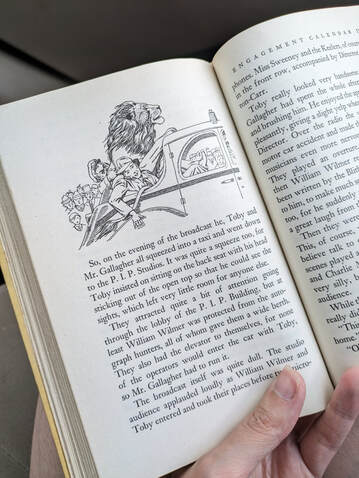
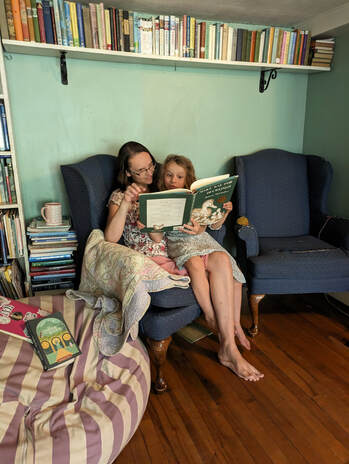

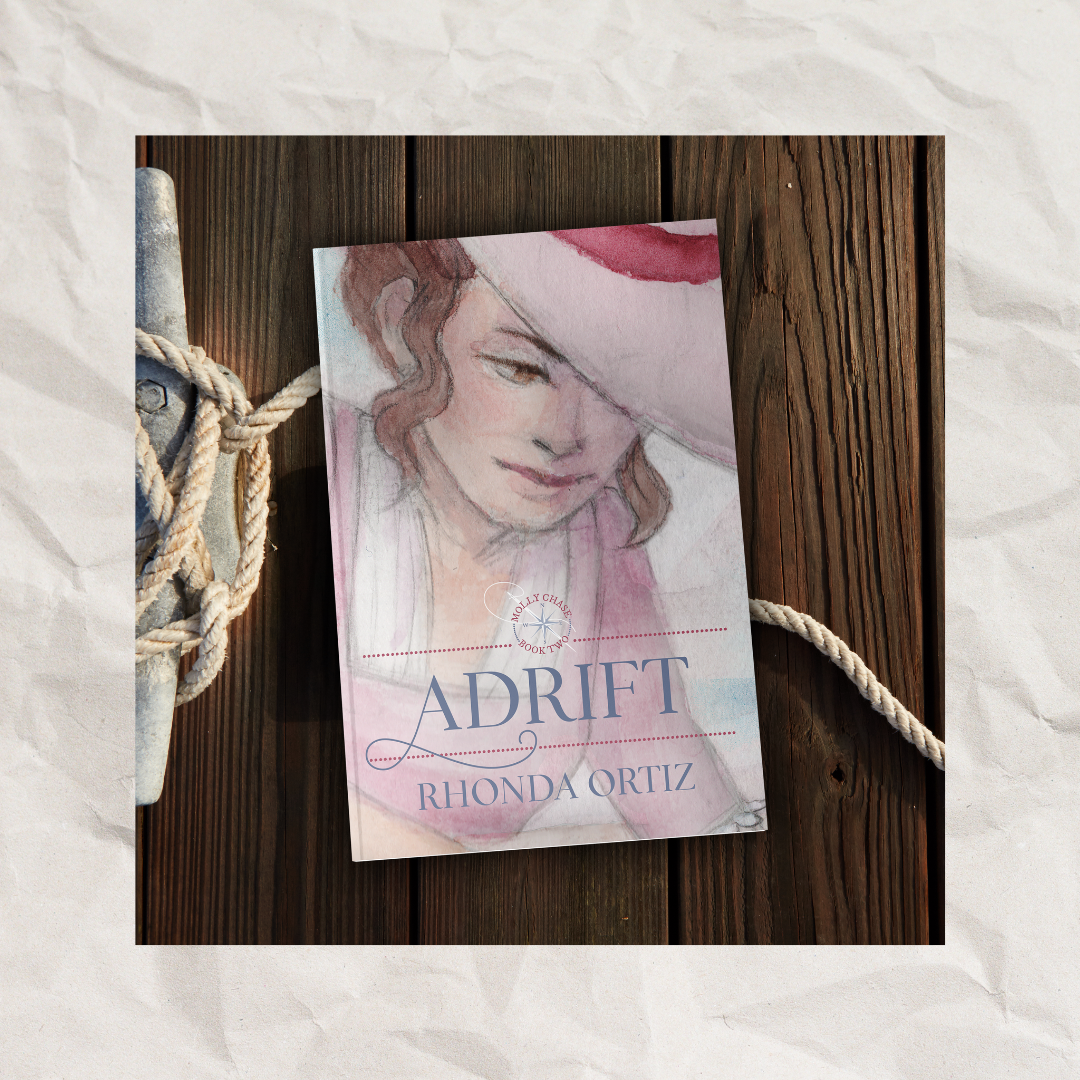
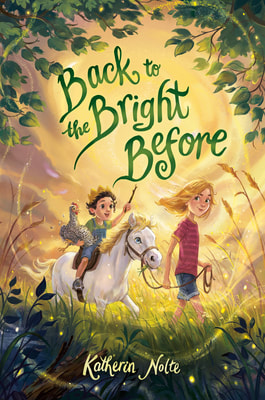
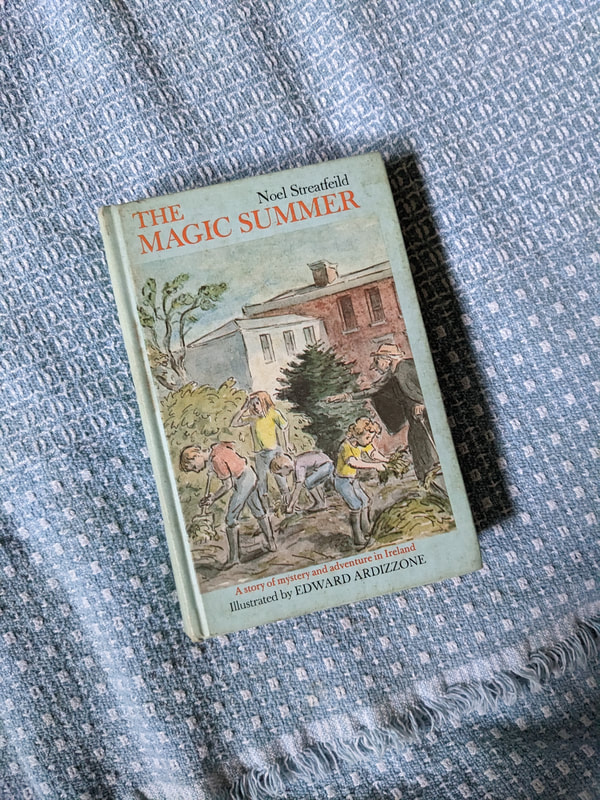
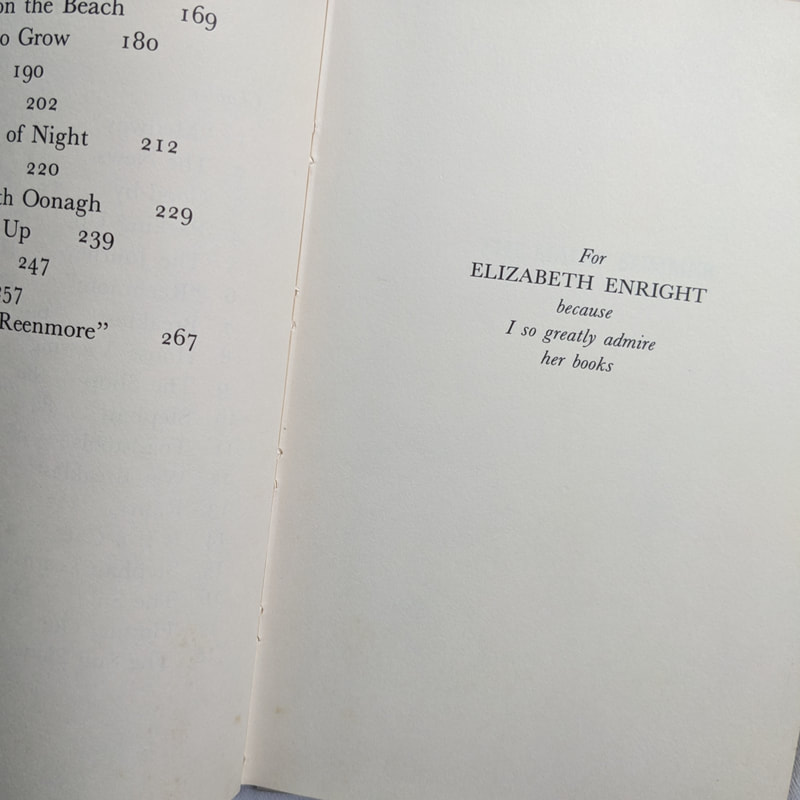
 RSS Feed
RSS Feed